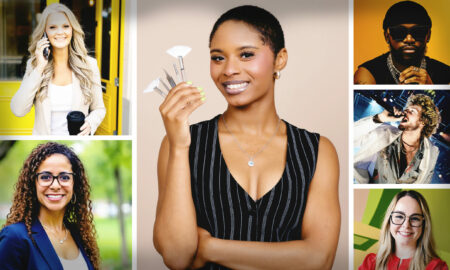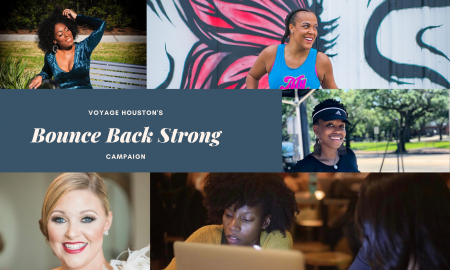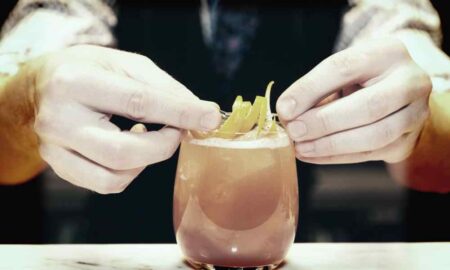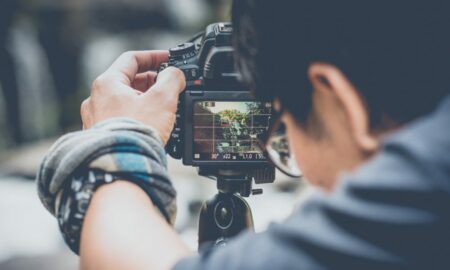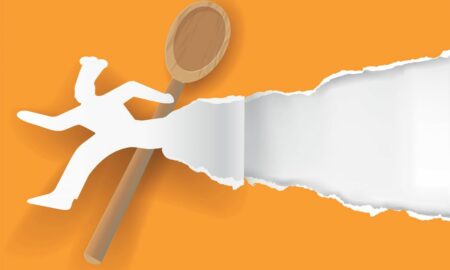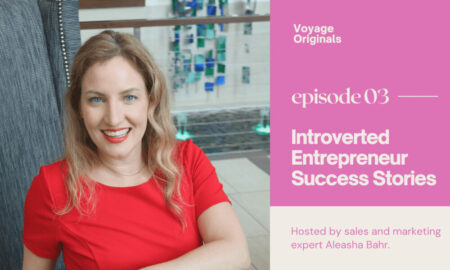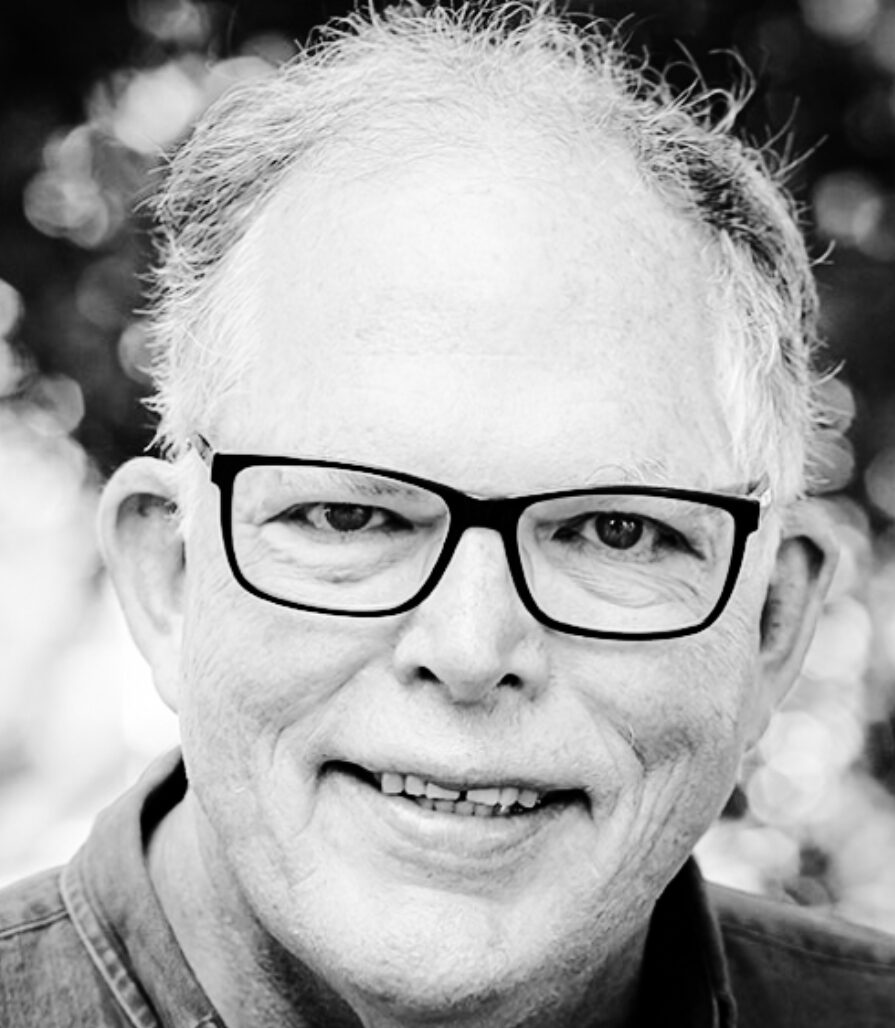

We recently had the chance to connect with AL Heilman and have shared our conversation below.
AL, a huge thanks to you for investing the time to share your wisdom with those who are seeking it. We think it’s so important for us to share stories with our neighbors, friends and community because knowledge multiples when we share with each other. Let’s jump in: What do the first 90 minutes of your day look like?
The Ritual of Caffeine and Creation
The first ninety minutes of my day begin with that black, hot juice called coffee—the legal stimulant that fuels both saints and sinners. I stand on the dock, mug in hand, watching the sunrise shimmer across the lake. It’s a quiet negotiation between light and reflection, nature’s own slow-motion encore.
Then comes the writing. Nearly every morning, I put down an hour’s worth of words—my attempt at a memoir, or maybe just a running conversation with myself about how the world works. Some days it’s revelation; other days it’s rambling. But I’ve learned not to judge too early—some of my best lines arrive disguised as nonsense.
After that, I switch gears. My wife’s to-do list awaits, written with the precision of a general preparing for battle. There’s always something: call the roofer, fix the sprinkler, find that missing package from Amazon that apparently vanished into another dimension. And once I’ve checked the boxes—or at least circled them optimistically—I wander toward my studio.
That’s where the real alchemy happens: metal, glass, and imagination colliding in the quiet aftermath of caffeine and sunrise.
Can you briefly introduce yourself and share what makes you or your brand unique?
Dr. Al Heilman is a retired spine surgeon turned multidisciplinary artist working in glass, metal, and words. From his Lake Conroe studio in Texas, he crafts sculptural glass vessels and fine jewelry in Argentium silver and 18k gold—pieces that balance precision with poetic expression.
Through Al Heilman Art, his work explores transformation, light, and the quiet dialogue between science and spirit. Each creation—whether a fused glass form or a granulated gold pendant—reflects a lifelong fascination with how heat and pressure shape both materials and people.
Heilman is also completing a memoir, Eat, Nap, Laugh & Repeat, a humorous and heartfelt reflection on art, recovery, and creative renewal.
Thanks for sharing that. Would love to go back in time and hear about how your past might have impacted who you are today. Who were you before the world told you who you had to be?
Before the world told me who I had to be, I was a maker. Not the professional kind, not yet—a boy with hands that wanted to build, fix, and understand how things worked. I was the son of a teacher, carpenter and educator who worked three jobs, who taught me that wood and metal both obey patience. I learned that beauty hides in function, and function can have soul.
I was a curious observer, watching the shimmer of light on water long before I knew the word refraction. I saw stories in the rings of a tree, the cracks in an old plate, the quiet hum of the morning lake. The world, even then, spoke in design.
Before the world named me “Doctor,” I was fascinated by the mechanics of life itself—how structure supported motion, how healing could be shaped by hands. Later, when that title defined me too tightly, I found my way back to fire, glass, and silver. Back to the alchemy of making something new from heat and pressure. I suppose I’ve always been drawn to transformation—whether in a spine, a piece of jade, or a life rebuilt after illness.
I was, and still am, a storyteller. I wrote before I called it writing. My workbench became a confessional, my kiln a kind of chapel. Every fused vessel and granulated pendant carries a story—some about resilience, others about loss, most about joy sneaking in when you least expect it.
And through it all, I was—and remain—a witness: to the sunrise off the dock, to the sound of my muse laughing from the kitchen, to the gentle persistence of recovery, and to the way art, like healing, requires surrender.
Before the world told me who to be, I was already this:
a curious boy with calloused hands, a man who finds meaning in making, and a soul who believes beauty and science aren’t opposites—they’re different dialects of the same truth.
What have been the defining wounds of your life—and how have you healed them?
The wounds that have defined me were not just physical, though there have been those too. Years of surgery and, later, radiation and surgery for prostate cancer taught me that healing is not a straight line—it’s a dialogue between body and spirit.
When I left medicine and moved from the operating room to the studio, it wasn’t a retirement; it was a reckoning. My hands, once trained to repair spines, had to relearn how to create rather than correct. That transformation was its own kind of healing—a rediscovery of curiosity and the power of making. Metal and glass became my new anatomy, each piece a meditation on patience and possibility.
Illness, aging, and loss have also left their marks, but they’ve shaped more than they’ve scarred. I’ve learned to turn pain into craft—to fuse experience and emotion into something tangible and luminous. Every pendant, vessel, and page I write is a quiet act of repair.
In the end, healing for me is not about returning to what was. It’s about shaping what remains into something beautiful and true.
Next, maybe we can discuss some of your foundational philosophies and views? What important truth do very few people agree with you on?
An important truth that very few people agree with me on is this: healing and creativity are the same act—just performed with different tools.
Most people see healing as medical, linear, and clinical—something measured in lab results or remission rates. I’ve lived that side of it: years in the operating room, watching bodies mend and falter. But once I stepped away from the scalpel and picked up silver, glass, and words, I began to see the same process through a new lens. Heat, pressure, and patience—those forces shape metal, glass, and people alike.
The truth I hold is that our deepest wounds don’t end with a cure; they end when we create. Art is the scar becoming beautiful—evidence that something once broke open, and instead of closing, we filled it with light.
So yes, I believe art is medicine. Not metaphorically, but biologically, spiritually, and profoundly. Most don’t agree. But I’ve lived enough lives—surgeon, artist, patient—to know that both a kiln and a heart heal through the same alchemy: time, heat, and hope.
Before we go, we’d love to hear your thoughts on some longer-run, legacy type questions. What do you understand deeply that most people don’t?
What Do You Understand Deeply That Most People Don’t?
I’ve come to understand that creation is not just about making something beautiful—it’s about staying alive inside your own story.
Most people see art as a product: a finished pendant, a glass vessel, a sentence polished to shine. But for me, the act of making is a form of medicine. It’s where the broken parts of life—illness, loss, fatigue—get melted down and reshaped into something that holds light again. Every fused seam, every sentence written before sunrise, is a negotiation between impermanence and grace.
When I’m in the studio—cutting stone, shaping metal, fusing glass—what I’m really doing is rebuilding myself one small decision at a time. It’s quiet work. Repetitive. But it’s also resistance: a refusal to surrender to entropy. I’m not just crafting jewelry or art—I’m stitching the invisible threads that keep me whole.
People often think healing happens in hospitals or meditation rooms. I’ve learned it also happens at the bench, in the kiln, or over a cup of coffee at dawn, when the lake shifts from slate to silver and the world hasn’t decided what it wants to be yet. That’s when I remember: energy doesn’t vanish—it transforms.
And if you’re lucky, it transforms you.
Contact Info:
- Website: https://Www.alheilmanart.com
- Instagram: Alheilmanart
- Facebook: Alheilmanart
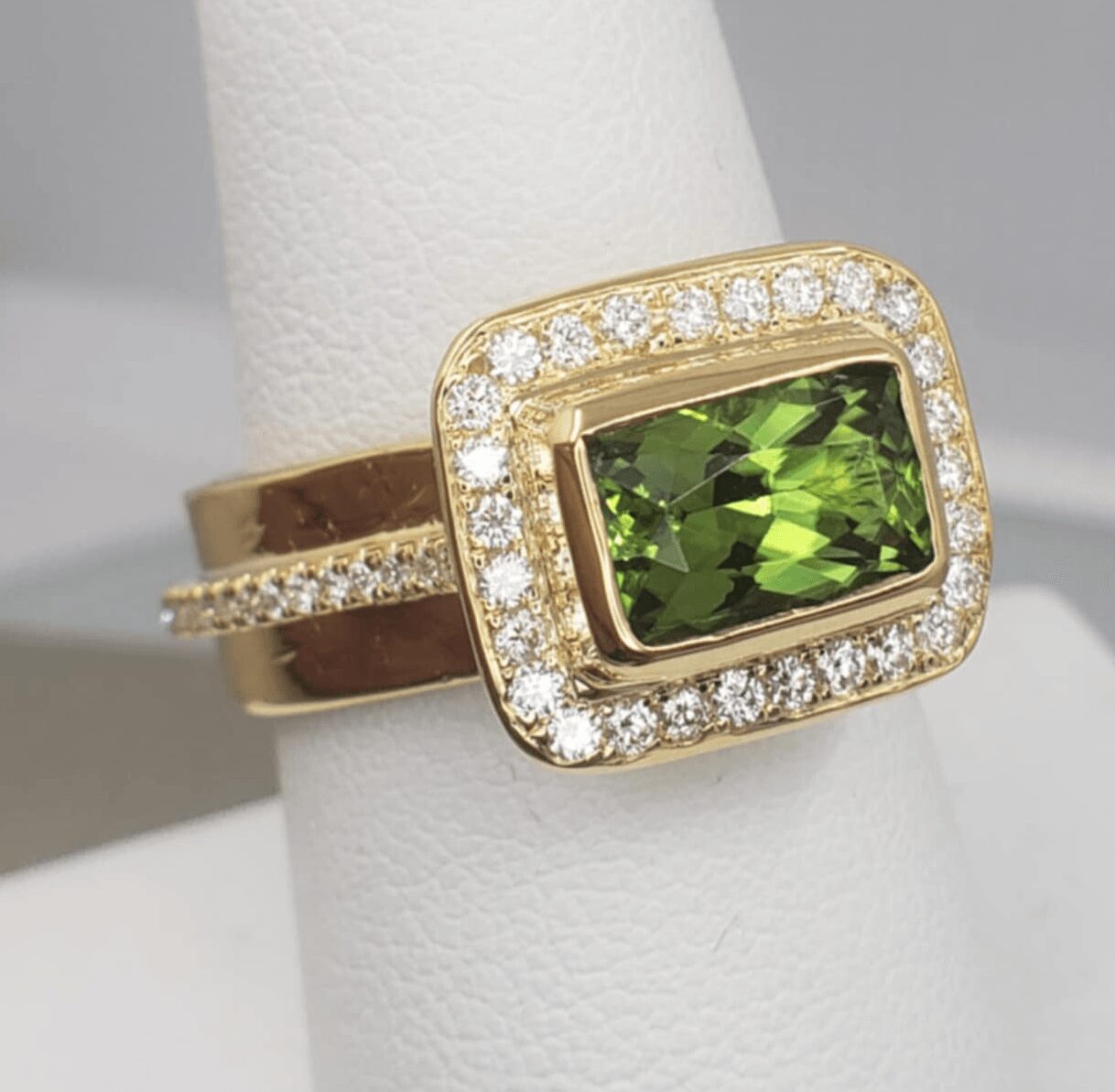
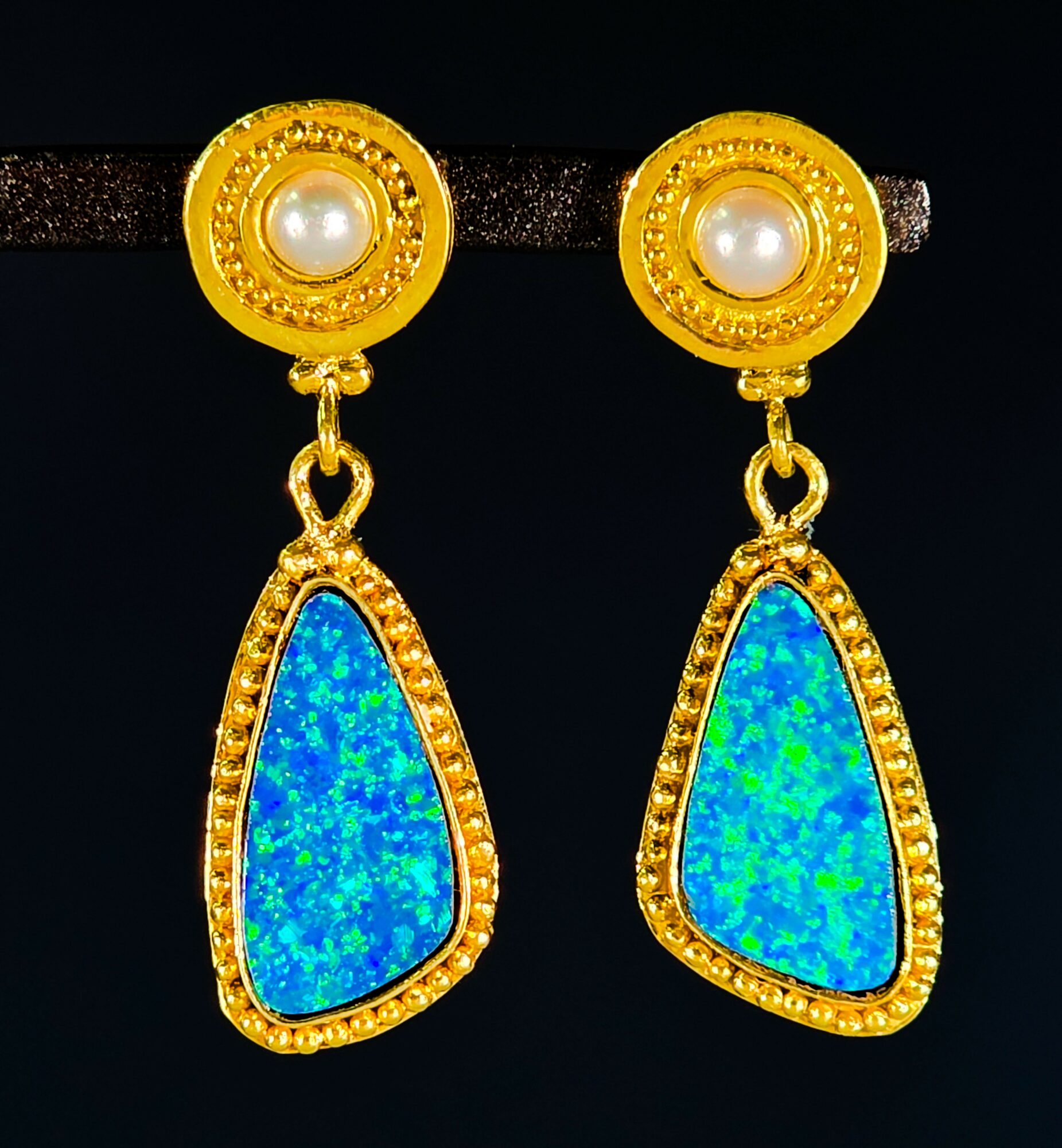
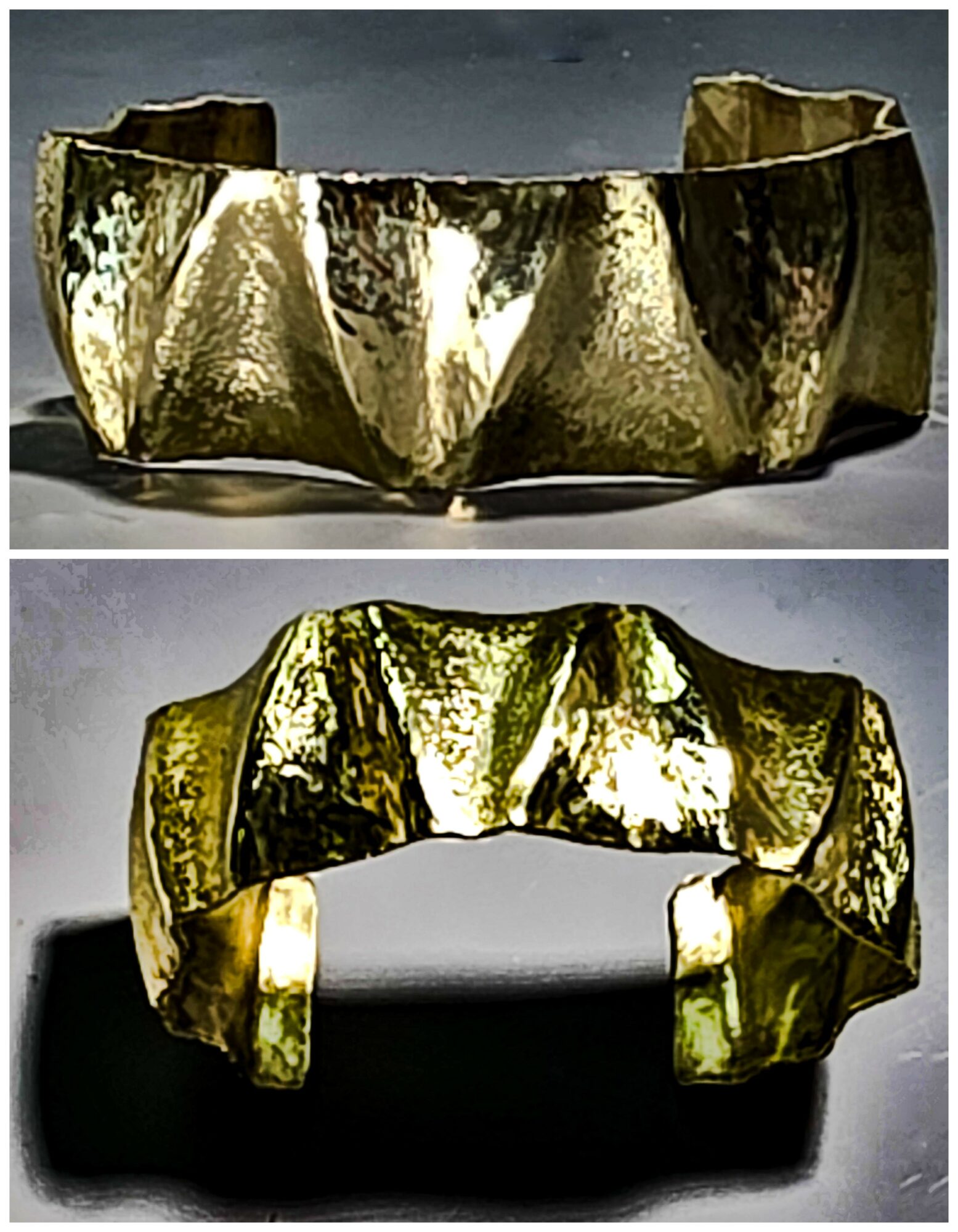
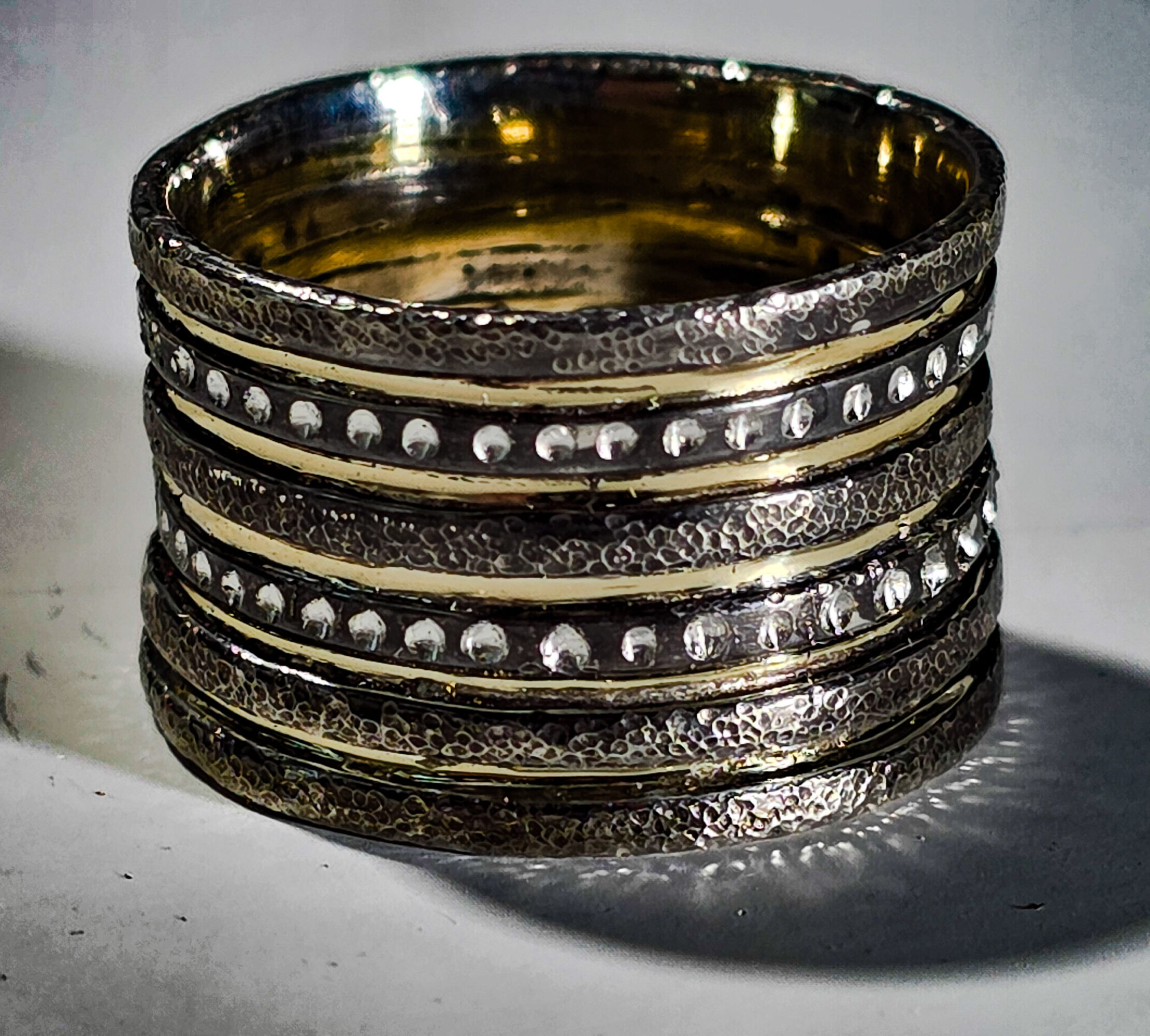
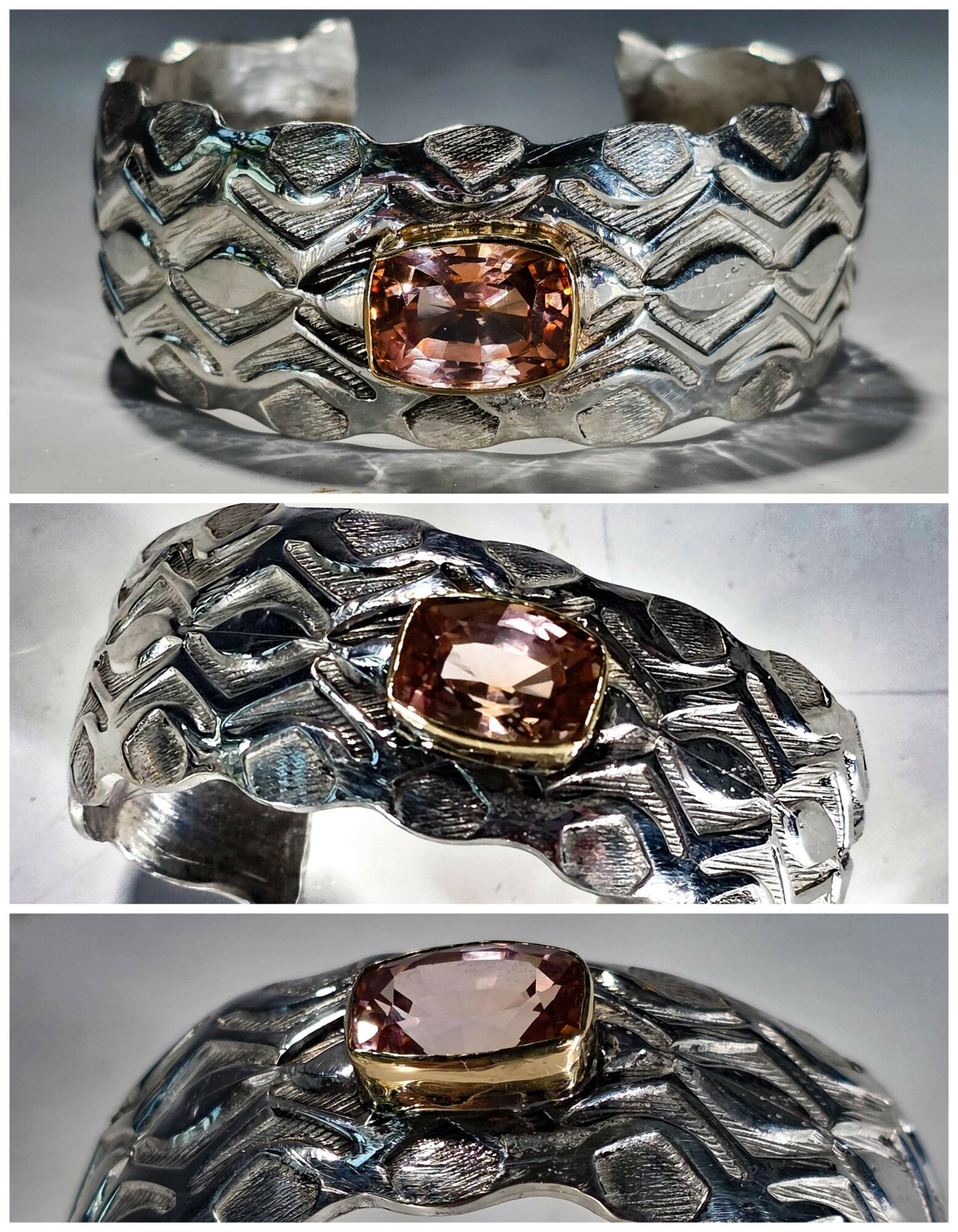
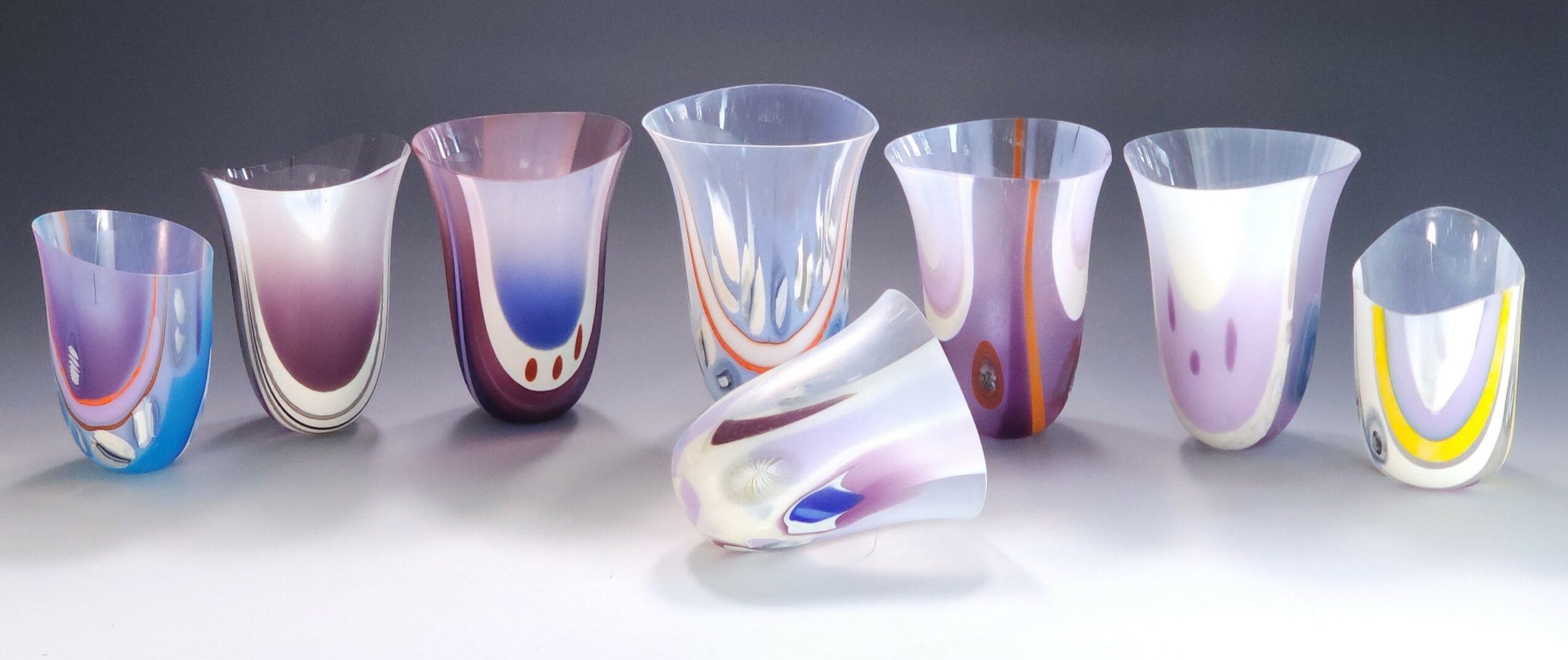
Image Credits
Al Heilman

